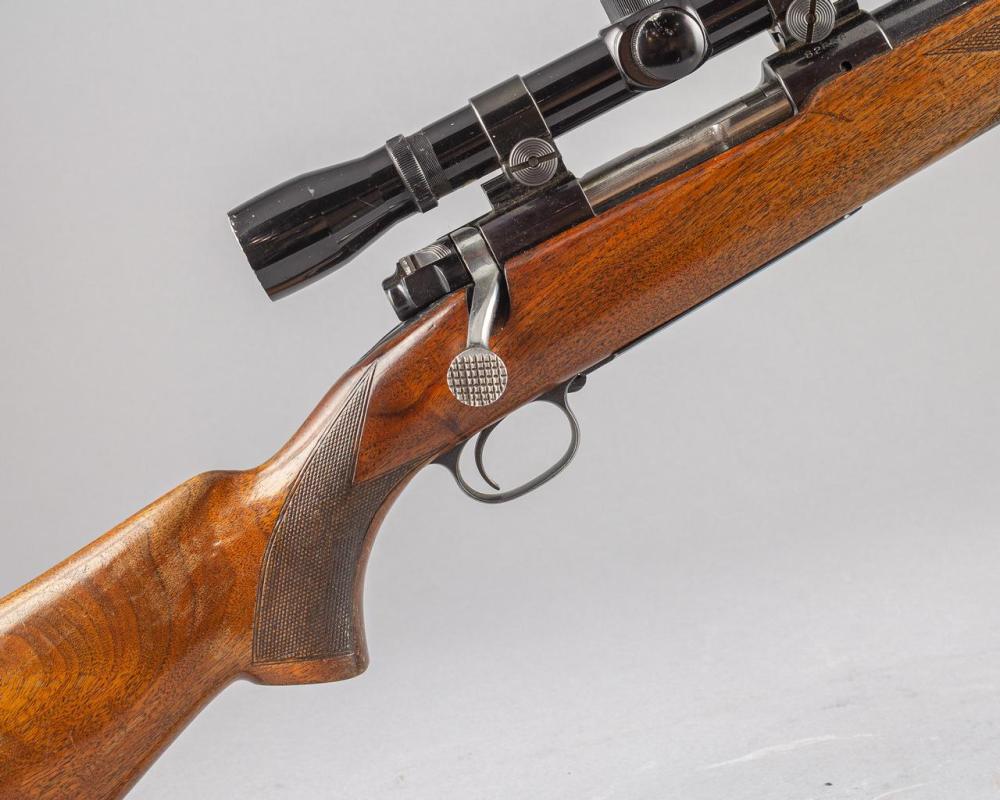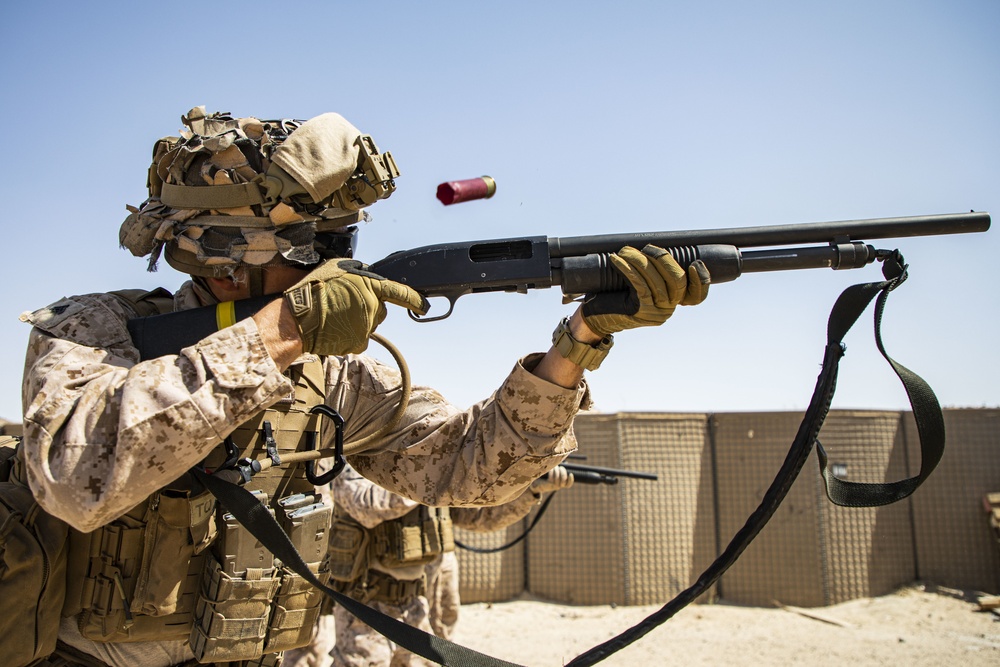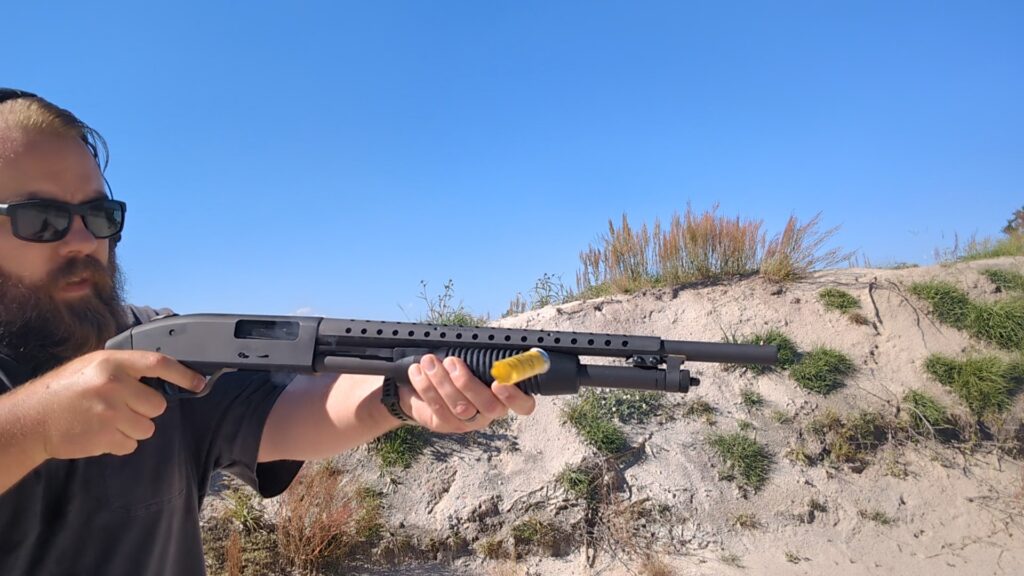The Winchester Model 70 has a special place in my heart. Specifically my Dad’s Winchester Model 70. It was the gun I used to take my first deer, and I stalked that deer all season, skipping smaller but legal bucks in hopes of taking this big 8-point. Like a movie, I got him on the last night of the general gun season, right as the sunset.
As I got into the gun world, I never got into bolt action rifles very much, yet even I knew that Post 64 Winchesters were abominations. I heard all about how Winchester ruined the rifles and how they were worth nothing. Eventually, out of curiosity, I date-checked my Dad’s. He was born in 63, so it could have fallen both ways. His Model 70 was a post-64 model, and to me, it didn’t seem like that bad of a rifle.
Were the Winchester Post 64 rifles really pieces of crap?
Advertisement — Continue Reading Below
History of the Model 70
Winchester created the Model 70 in 1936! The gun was based on the Model 54, which was based on the Mauser 98-type action. The rifles were built in New Haven, Connecticut, and became extremely popular quite quickly. They became known for their accuracy, smooth, controlled feed design, and rugged action. In many ways, they laid the blueprint for the next generation of sporting bolt-action rifles.

The Model 70 served in at least three wars as a sniper rifle. This includes World War II, the Korean War, and Vietnam. It was the firearm of choice for Carlos Hathcock, who hunted VC throughout the Vietnam War and racked up 93 confirmed kills.
Advertisement — Continue Reading Below
To this day, the old Winchester wouldn’t be out of date in the deer blind. That’s staying power. It’s rare that a weapon can last almost a hundred years and still be a very viable choice for hunting. It is not just viable but competitive with the current crop of bolt-action rifles. In 1999, the rifle was declared by Shooting Times, the Bolt Action rifle of the Century. It also went by the name the Riflemen’s Rifle.
1964 Comes Kicking
1964 was a big year. LBJ signed the Civil Rights Act, the Surgeon General declared smoking hazardous to your health, and Winchester redesigned Model 70. Progress can often be the great killer of great guns. Winchester, in particular, has been struck twice by this so-called progress. The Model 70 and the Model 12 shotguns were both victims of progress.

Advertisement — Continue Reading Below
Winchester was feeling the pressure from more modern, easier-to-produce designs. Remington, in particular, had the 700, which was designed to be mass-produced. Winchester needed to simplify the design and make their famed rifle quicker and easier to produce. This led to the post-64 changes that are often so derided.
Change Is Coming
The Pre 64 models utilized a controlled round feed design, which comes from the gun’s Mauser heritage. This design has a Muaser-type non-rotating claw extractor. This extractor captures the rim of the cartridge as it is fed from the magazine into the chamber. This results in a weapon with super-positive extraction
The Post 64 examples of the Model 70 swapped to a push feed design. A push-feed system uses a spring-loaded extractor that grips the rim only when the bolt is fully closed. The problem often cited is less positive extraction. In the event of a stuck casing the extractor is more likely to break or slip off and leave the case in the chamber.
Advertisement — Continue Reading Below
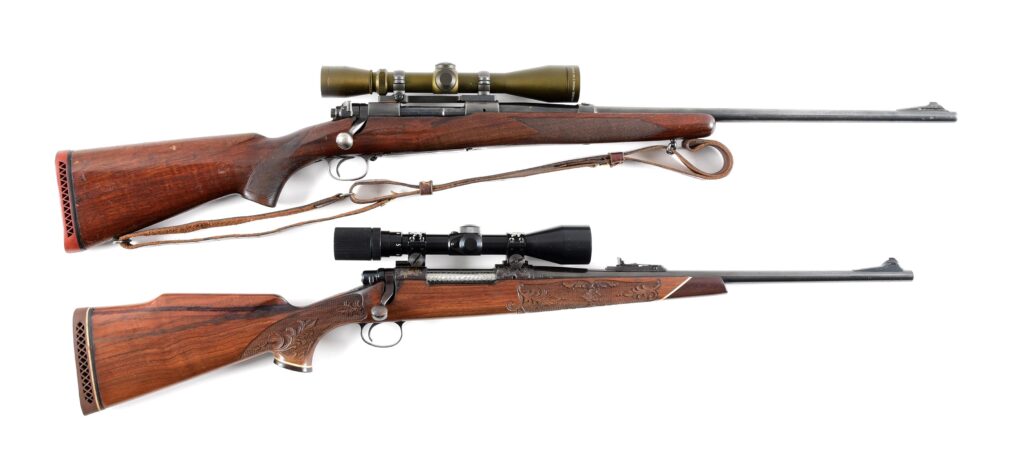
The benefits are easier production of the extractor system and, ultimately, easier production of the bolt design. This cuts costs altogether and makes the rifle easier to produce. This allowed the company to keep up with the costs of Remington’s 700s.
Other changes to the Model 70 included a one-piece stamped trigger guard and floor plate, a slight redesign of the stock, and the use of impressed checkering rather than cut checkering. These changes were not popular with Model 70 enthusiasts. Jack O’Connor, the man who often championed the Model 70 in .270, said:
Advertisement — Continue Reading Below
“I was informed by Winchester brass that the Model 70 was being redesigned. I told them that I was glad to get the information so I could lay in four or five more before they loused the rifle up.”
Was It Really That bad
Lots of people like to point out the flaws of the Model 70 and the Jack O’Connor quote but leave out what he later said about post-64 rifles.
“Actually the post-1964 Model 70 is not a bad rifle in spite of the fact that rifle aficionados have never taken it to their bosoms the way they did its predecessor. It is a stronger action than the pre-1964. The head of the bolt encloses the head of the case. It has a small, neat hook extractor, which is adequate. With this extractor the cartridge is not as surely controlled as it is with the Mauser-type extractor. However, the new model seldom gives feeding problems.”
Advertisement — Continue Reading Below
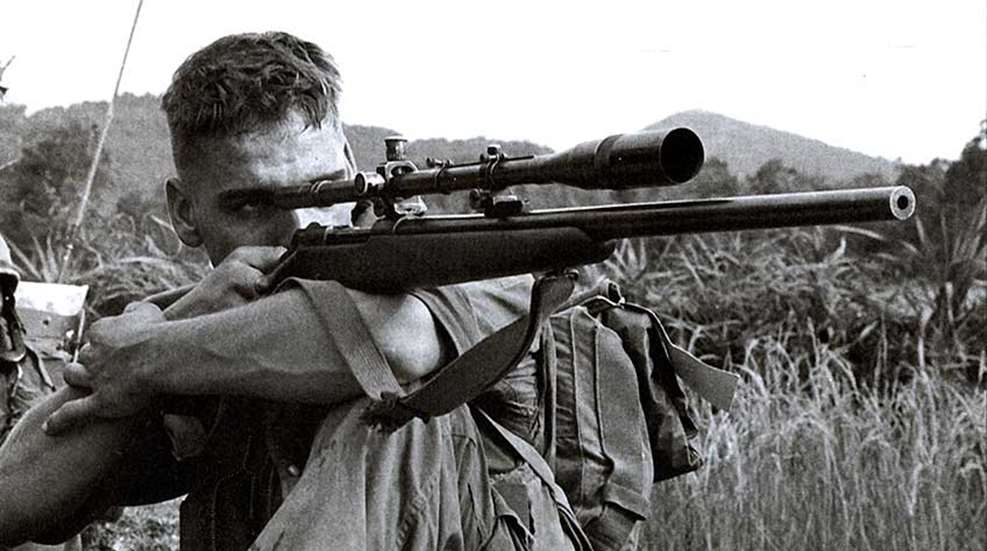
The changes not only simplified the rifle but admittedly made the action stronger all around. That allows for some very powerful cartridges to occupy the chamber without concern for durability. The Model 70 my father has is a fine rifle. It’s lightweight and accurate, and the action feeds smoothly and easily. Perhaps with improvements in ammunition and casings, ammo is more reliable and less likely to rupture, rendering some of the benefits of the pre-64 system mute.
I don’t think the pre-64 Model 70s are all that bad. I think there was some hype and resistance, but the rifles still seem quite solid and reliable. They can certainly still chase whitetail.
Advertisement — Continue Reading Below
